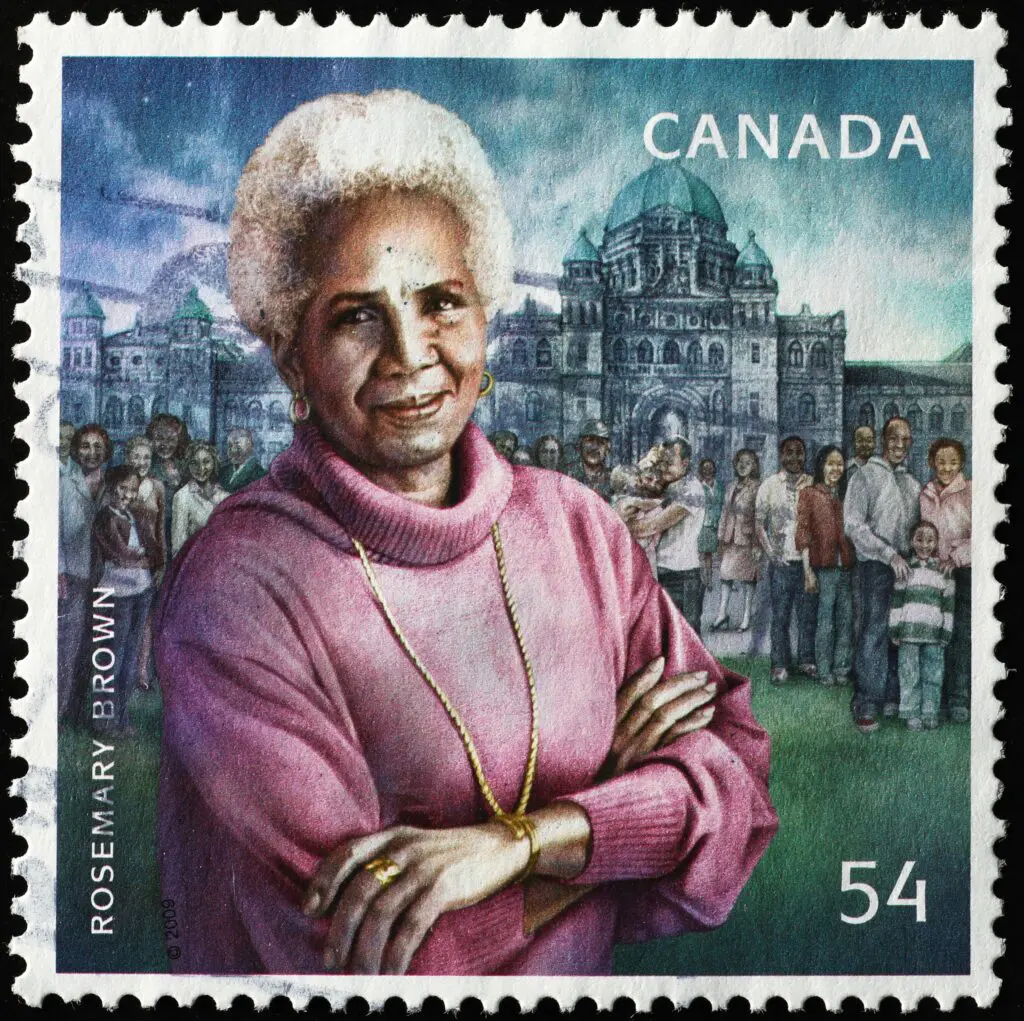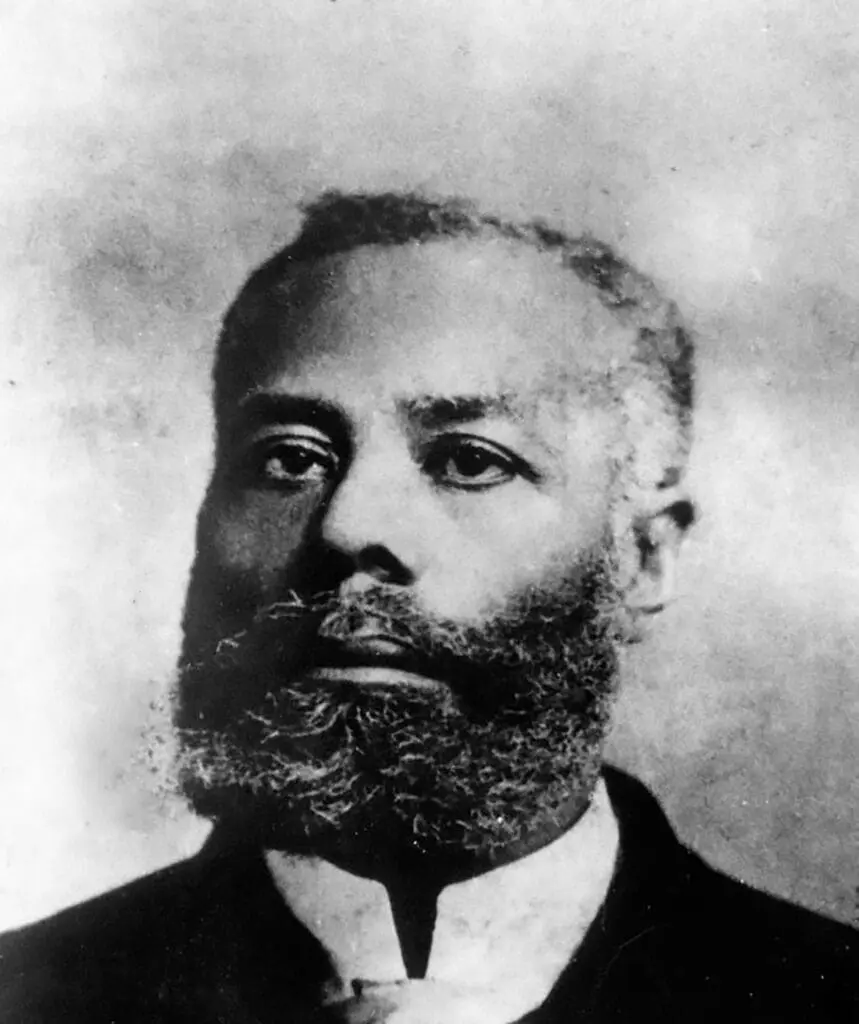Today, Canada hosts a bright and lively network of community support workers, who help those with mental and physical disabilities find work and carry out day to day living. An increase in mental health worker programs, community support worker training and addictions worker training at colleges and universities has helped foster this new generation of skilled social workers. Every country has to start somewhere, and while Canada does have historical roots in social care, attention for those with specific needs was not always so widespread. Read on to discover a timeline of how community support work has grown into the Canadian model we know today.
1900-1930
Much of early Canadian law and government was based off the British model of socialism. Thus, much of the country’s earliest social and community work was implemented through religious organizations, like the Catholic Church. Religious organizations put a huge amount of emphasis on helping the poor, however, little emphasis was given to helping the mentally ill. In many cases, these patients were sent to an asylum, where inadequate and poorly researched tactics would be used to try and mold them into society’s version of normalcy.
Following WW1, the Canadian government did not have a specific plan for veterans returning home. Overall, the social system was unprepared to deal with returning soldiers suffering from post-traumatic stress disorder, or who had physical disabilities as a result of war. As a result, veterans made their own social service establishment—the Royal Canadian Legion, which still exists to this day.
Finally in 1926, the Canadian Association of Social Workers (CASW) was founded, whose mandate was to address social needs and foster networks between social workers. In 1927, Canada introduced the Old Age Pensions Act, which funded older citizens who were no longer able to work either physically or mentally. Despite how problematic the Act was, it was a step forward for how the Canadian government would think of the social and community needs of all its citizens who may have mental and/or physical disabilities.
1940-1980 and the Marsh Report
In 1943, social scientist Leonard Marsh released his Report on Social Security for Canada, which revealed that Canada was far behind on social welfare programs than many other countries. He called for a reform as to how Canada dealt with extreme poverty and issued a need for new social assistance measures.
The role of social workers grew in the 1960s, as a result of the deinstitutionalization of mentally disabled patients and a new focus on community-based care. Between 1960 and 1975 the number of beds in Canadian psychiatric hospitals fell from 50,000 to 15,000. With this focus on bringing mentally disabled patients into the community sphere came the rise of prescribed pharmaceuticals—which have helped many suffering from depression, anxiety and more carry on their day to day life.
Present Day
Social issues have taken a lead role in our communities today. Issues which used to be taboo, such as teenage pregnancy, youth homelessness, addiction and mental illness, are spoken about openly in the classroom, and in community centers and shelters. Today, the role of a community support worker is very hands-on. Duties may include implementing and leading social assistance programs, interviewing clients to obtain case histories, referring clients to specific social services and most of all assisting clients with personal and social problems.
What do you think are the most pivotal moments for social work in Canada?






